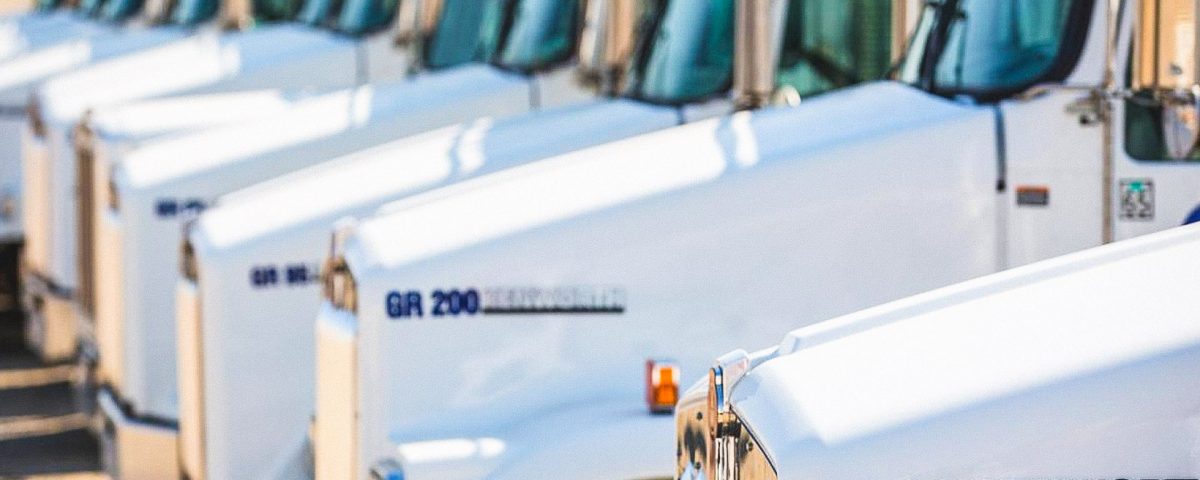- SBE #39228
- +1 (916) 985-2700
- info@grtrucking.net
Concept of Dirt Exchange

Concept of Dirt Exchange
Gr Trucking | Concrete Recycling | Material Trucking | Sacramento
Concept of Dirt Exchange
The idea of a dirt exchange is gaining traction as a sustainable solution to managing soil resources in construction, landscaping, and environmental restoration projects. A dirt exchange is a platform—physical or digital—where providers (individuals or companies with surplus soil) can connect with users (those in need of soil for projects). This concept fosters a circular economy by reducing waste, lowering costs, and minimizing environmental harm.
Benefits for Providers
For providers, a dirt exchange offers an efficient way to dispose of surplus soil generated from activities like excavation, construction, or grading. Traditionally, this soil might end up in landfills, incurring disposal fees and contributing to environmental degradation. With a dirt exchange, providers can avoid these costs while making their excess soil available to those who need it. In some cases, providers can even profit by selling high-quality soil, such as topsoil, which is in high demand for agricultural and landscaping purposes.
Benefits for Users
Users benefit by gaining access to affordable or even free soil. For example, landscapers, gardeners, or construction companies often need specific soil types for their projects. A dirt exchange platform allows users to browse options, ensuring they acquire the right material without the need for extensive sourcing or costly transportation. This ease of access can significantly reduce project costs and timelines.
Environmental Benefits
The environmental advantages of a dirt exchange are profound. First, it reduces the need for virgin soil extraction, preserving natural habitats and reducing the carbon footprint associated with mining and transporting new soil. Second, it prevents surplus soil from being sent to landfills, where it could take up valuable space and contribute to pollution. Finally, a well-managed dirt exchange can support land reclamation and restoration efforts by directing soil to areas in need, such as degraded landscapes or construction sites requiring infill.
A Sustainable Future
The dirt exchange model promotes sustainability, resource efficiency, and economic opportunity. By bridging the gap between surplus and need, it supports a cleaner, greener planet while empowering businesses and individuals to make cost-effective, environmentally responsible decisions. As awareness grows, dirt exchanges may become a cornerstone of sustainable resource management.
